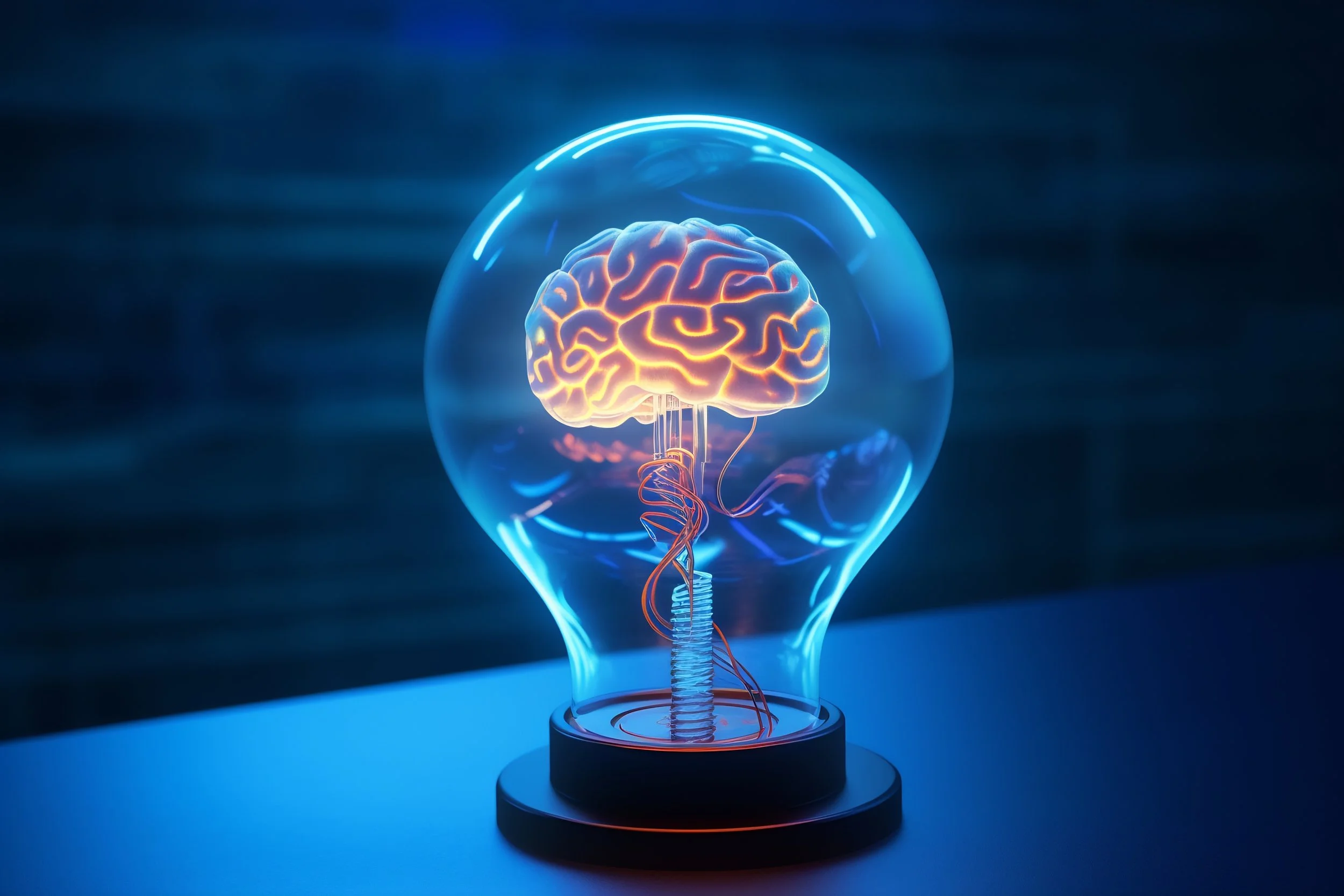
Why Pain Persists Even After You Heal: The Science of Rewiring Your Nervous System
Chronic pain isn’t just about your body—it’s about your brain, too. When pain lingers, your nervous system can get “stuck,” sending danger signals long after an injury has healed. This creates a vicious cycle where the brain keeps amplifying pain, even when there’s nothing physically wrong.
The exciting news is that you can break this cycle. Through techniques like pain reprocessing therapy, mindfulness, and targeted movement, it’s possible to retrain your brain to respond differently to pain signals. By calming your nervous system and reframing how your mind interprets pain, you reduce its intensity and reclaim control over your life.
Whether you’re an elite athlete sidelined by injuries or someone living with daily chronic pain, learning how to rewire your brain is a powerful step toward lasting relief. Recovery starts not with fighting pain—but with teaching your brain a new way forward.

The Hidden Link Between Stress and Chronic Pain: What Every Athlete and Everyday Mover Should Know
Stress isn’t just “in your head”—it’s in your body too. For people living with chronic pain, stress acts like fuel on the fire, intensifying discomfort and making symptoms harder to manage. Research shows that when your nervous system stays stuck in “fight-or-flight” mode, your body becomes hypersensitive to pain signals, even when there’s no injury present. This connection explains why pain often lingers long after the body has healed.
The good news? You can break the cycle. By learning how stress and pain interact—and using simple, evidence-based strategies to calm the nervous system—you can retrain your brain and body to turn the volume down on pain. Whether you’re an athlete, a weekend warrior, or someone struggling with daily pain, understanding this mind-body connection is a powerful step toward lasting relief.

Top Evidence-Based Pain Reprocessing Methods for Chronic Pain Relief
Chronic pain doesn’t have to be permanent. Discover science-backed pain reprocessing methods—like Pain Reprocessing Therapy (PRT), mindfulness, and graded motor imagery—that retrain the brain, reduce fear, and restore movement. Learn how neuroplasticity can help you break the cycle of pain and start living with confidence again.